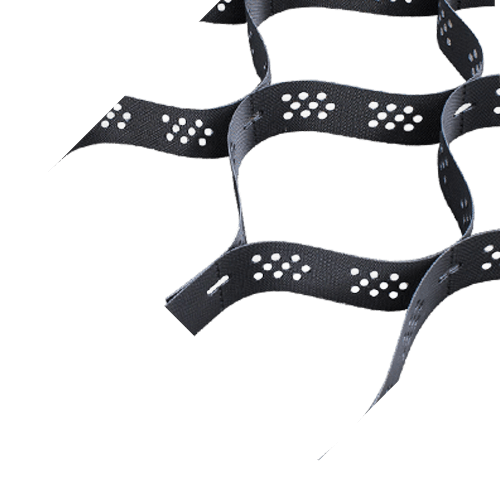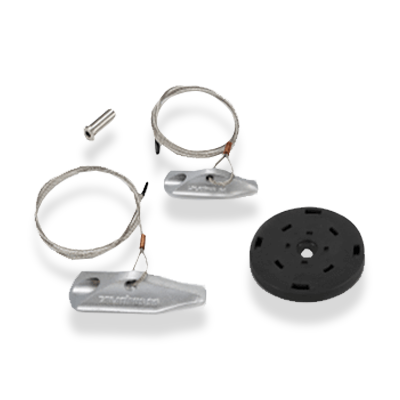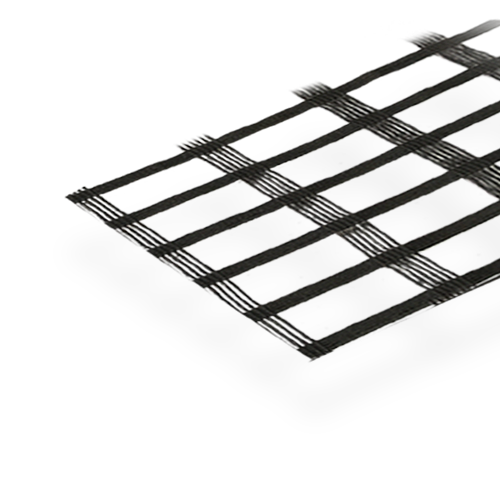Red Hills Road Slope Stability – StrataWeb® Geocell
Project Details
Contractor
Client
Engineer
Location
Cirtex Regional Contact
Project Information
Red Hills is a 400-lot, residential development situated in Westgate, Auckland. This north-facing, elevated greenfield site sits on sloping land, with steep batters surrounding each block of housing to create the maximum amount of usable land. With some slopes steeper than 1V:2H, there was a high risk of the topsoil and new planting eroding and sliding off the slope face.
A permanent stormwater pond was also installed, designed to naturally clean and discharge rainwater into the surrounding farmland. However, during a large rain event within such steep land, this pond is calculated to overtop. An overland flow path was designed, allowing excess water to spill over a road, down a bank and into a natural stream. This required an even more robust slope design than the steep batters. To help stabilise the soil and the plants across the site, Cirtex was asked to incorporate several geosynthetic solutions.
Design
These steep, engineered batters support the houses above, so it’s vital they are well vegetated and protected from the elements, but once the subdivision is complete with houses built, there will be limited access to these slopes. If the topsoil and vegetation were to slip and expose the batters, it would put the properties above at risk, so the slope design proposal had to be a long-term, permanent, solution.
To stabilise and retain soil on the steep batters, StrataWeb Geocell with a 300mm cell depth was specified over the embankments. An underlying, reinforcement layer of StrataGrid was also used to help stabilise the geocell and prevent it from slipping.
To further stabilise the topsoil and developing native planting in the path of the stormwater pond’s overland flow, a layer of T-RECS Turf Matting would be placed over the top of the StrataWeb and topsoil, secured using Platipus ARGS Anchors. T-RECS helps confine and retain the topsoil and root systems while a large volume of water is flowing over it.
Installation
Installed by contractors Ross Reid and Evergreen, StrataWeb was secured in an anchor trench at the top of the slope. Platipus Anchors were used within the anchor trench, to which the StrataWeb support tendons were attached. The geocell is then stretched out, over the crest of the trench and down the steep bank. Along with the underlying layer of StrataGrid, these components work together to prevent topsoil erosion and to resist sliding. The StrataWeb is locked in place, then filled with topsoil; with the large, honeycomb cell structure giving enough room for plant and tree roots to take hold.
On the banks within the overland flow path, an engineered, winding water course slows the water velocity coming from the overland flow. This, in turn, helps protect the soil and vegetation, further protecting the trees and native plants as they develop. Slowing the waterflow also helps prevent large amounts of water from disturbing the StrataGrid reinforcement.
StrataWeb Geocell with StrataGrid, and Platipus Anchors, have proven to be a very effective engineered solution to prevent ongoing costly reinstatement work where access is difficult once construction is complete. StrataWeb helps to naturally vegetate and reinforce steep batters, which is an important step when developing some of New Zealand’s premium densified housing areas as well as hillier, rural regions.
The StrataWeb Geocell system provided the following features & benefits:
- Engineered solutions to maximise land use
- Erosion of topsoil is prevented in the short term until plants become established
- Slopes are protected from high rainfall events for many years to come
- Long term peace of mind for property owner







